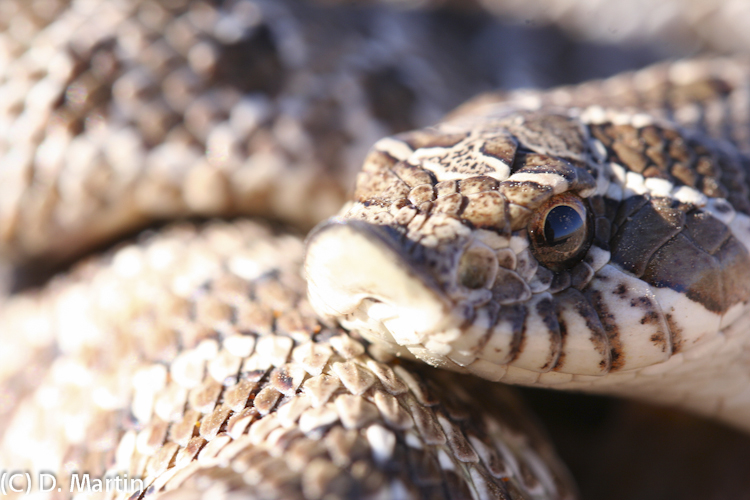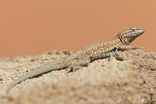Why reptiles?
|
There are many reasons why we are interested in monitoring and conserving reptile populations. To the right is a brief list.
Western Hog-nosed Snakes, such as this one observed on Pawnee National Grassland in Colorado, are typically found in areas with sandy soils. Small rodents, toads, and lizards make up much of their diet. While they look superficially like a rattlesnake, they lack a rattle (although they often curl their tail up to mimic a rattlesnake) and have an upturned snout to help them navigate through sand.
|
If you're interested in more details, click here!
|

